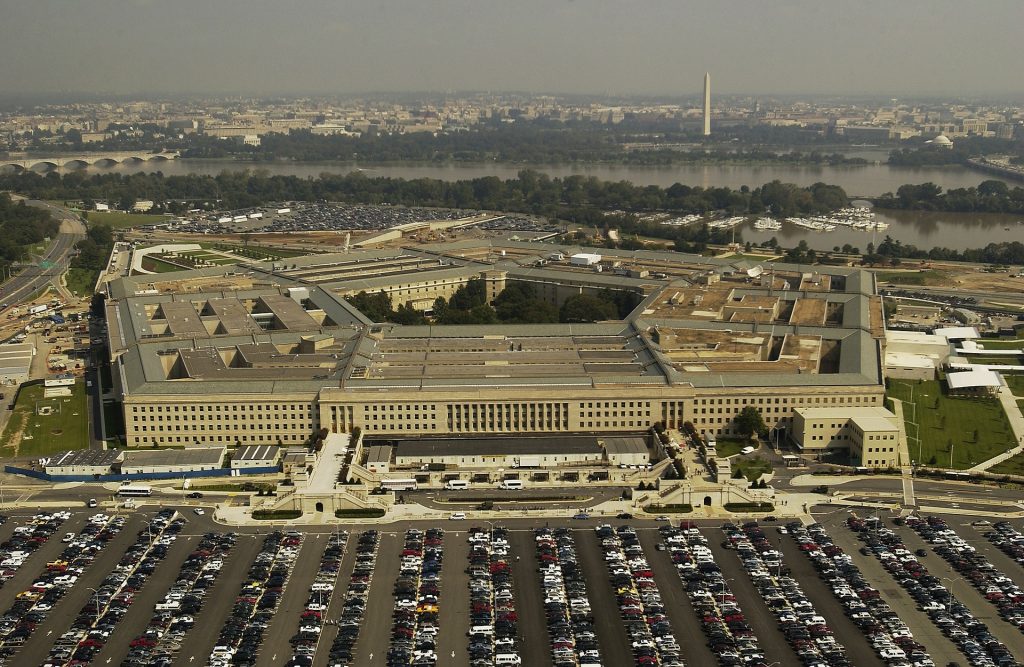DoD’s JEDI cloud contract is awarded. Now what?
Microsoft won DoD’s huge JEDI cloud contract (for now). BlueCat can help agencies prepare their networks for the coming migration to the cloud.

After more than a year of proposals, protests, and political wrangling, the $10 billion U.S. Department of Defense (DoD) JEDI cloud services contract was awarded to Microsoft in October 2019. Editor’s note: A preliminary injunction issued by the Court of Federal Claims in February 2020 stopped any from work beginning until AWS’s protests over the award were sorted out. And in July 2021, DoD terminated the JEDI cloud services contract entirely.
The outcome of the contract award aside, JEDI cloud is clearly moving into the implementation phase.
And many Department of Defense agencies are probably asking: Now what?
Most DoD agencies are not prepared–culturally or technologically–to take full advantage of the speed and agility of a commercial cloud offering.
BlueCat has guided plenty of enterprises through their cloud journeys. On the network infrastructure side of things, BlueCat has seen constructive approaches and… well… not so constructive approaches. As DoD enters the next phase of the JEDI cloud, here are BlueCat’s thoughts on how to maximize its value.
Change DoD’s cloud culture
DoD has exercised caution and deflection in discussions about the cloud for years. Now, agencies are going to have to get up to speed quickly. This isn’t as easy as it sounds. Most network administrators in the military recognize the intrinsic value of the cloud for commercial companies. But it will be a mental shift to make cloud the default choice for government networks.
The detailed treatment of security, availability, and functionality in the JEDI contract was designed to overcome those concerns. Administrators now have the top cover to make cloud conversations possible.
Yet as any DoD technology provider knows, old habits are hard to break. Moving from the knee-jerk stance of “we don’t do cloud” to embracing a DevOps culture will be a huge leap. Some agencies have experience with the Defense Information Systems Agency’s milCloud (which was sunsetted in June 2022) or have worked with cloud-native units like Kessel Run, but they are in the minority. Most will have to go from zero to cloud in far less time than they’d prefer.
The inevitable reorganizations and realignments are coming, but these won’t create a new cloud culture alone. The first step will be to envision the end state–that glorious nirvana where the cloud-enabled network is flexible, scalable, and responsive. Then the conversation can naturally turn to, “How can we get there?” Top-level planners will play a strong role in mandating change. But as BlueCat has seen across its customer base, hands-on-keyboard administrators need to be fully on board for any cultural change to take hold.
Prepare the battlefield
Meaningful cloud migrations move beyond “lift and shift” to actual development and operation of cloud-based applications. And they can not happen in a vacuum.
As a company that specializes in DNS–the back-end infrastructure that moves information through any network–BlueCat has seen plenty of organizations try to coordinate and optimize their cloud operations long after the systems are up and running. This is almost always a mistake.
That’s because the infrastructure piece of cloud operations can be bafflingly complex when implemented at scale. Managing all of the pathways between resources through conditional forwarding rules can consume enormous amounts of time and energy if the back-end isn’t set up properly to begin with. BlueCat certainly wouldn’t recommend trying to implement JEDI with out-of-the-box Microsoft DNS in the cloud.
Mapping out the architecture and infrastructure of a cloud deployment in advance pays significant dividends later on. Even better, align the structure of your cloud around business objectives and operational goals. By doing so, the entire enterprise will be set up for success in the long term.
Start planning now
While Microsoft is contractually obliged to get their solution up and running, actual adoption is going to be a trickle long before it becomes a flood. It will take time for top-level directives to filter down and get to the operational stage.
This means that agencies should start planning now for how they’re going to implement the JEDI cloud before all of the mandates come raining down. While they have the luxury of time, DoD agencies should be thinking about their business goals and building the architectures they’re going to need moving forward.
That includes paying attention to basic infrastructure like DNS. These are the kind of back-end functions that administrators often take for granted but will need to reinvent for cloud deployments at scale. Putting your agency’s house in order will make the process of migration to the cloud (not to mention the actual operation of those clouds) a whole lot easier.
This is where BlueCat has you covered. Learn more about BlueCat’s solution for hybrid cloud management. And dig into BlueCat’s white paper on what you should consider when preparing your DNS for the cloud.




